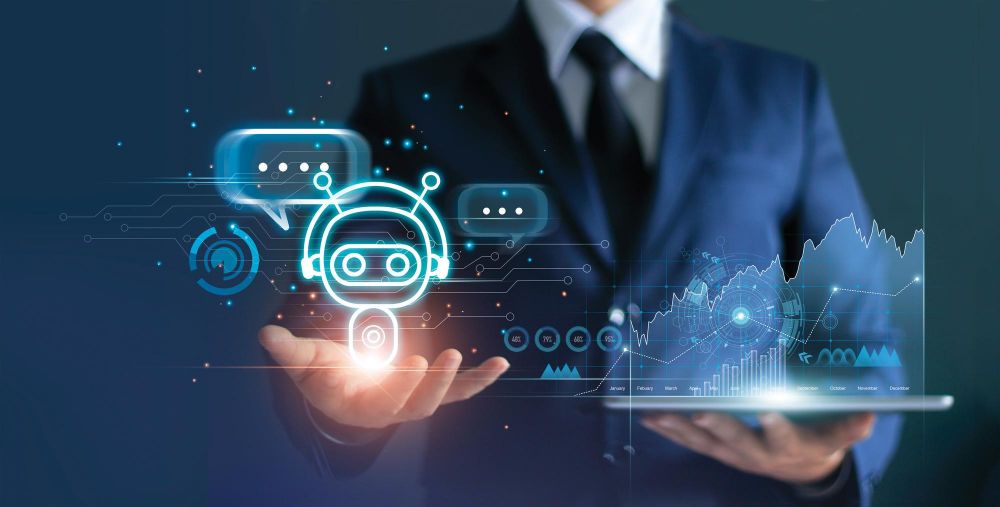Must-know areas to stay tech-savvy in 2023

Key Takeaways
The rapid development of the modern world constantly embodies the latest amazing ideas, so staying tech-savvy is no longer just an option but a necessity.
The Internet of Things is a system of physical objects ("things") connected through embedded sensors, software, and other technologies meant to transmit data to other devices via the Internet.
Artificial intelligence, which is aimed at modeling human behavior patterns, uses such methods as machine learning and deep learning to analyze huge amounts of data and therefore discover valuable insights and patterns.
Robotics helps us create various kinds of machines that may in different ways assist and empower humans, carry out tasks in dangerous or inaccessible environments, and offer solutions to complex problems.
Potential use of blockchain, which can be defined as a type of distributed database where data is stored in blocks in an encrypted form, goes far beyond digital currencies.
Due to the high-precision digital reproduction of the real world, virtual reality (VR) and augmented reality (AR) are widely used in many industries.
Cybersecurity is aimed at protecting computer systems, devices, etc., and the data stored on them or in the network by taking measures needed to secure information and ensure its confidentiality, integrity, and availability.
Internet of Things
Artificial Intelligence
Artificial intelligence, which is aimed at modeling human behavior patterns, is currently at the peak of its popularity and is being used in a number of fields such as healthcare, education, construction, etc. AI methods, namely machine learning and deep learning, are great at analyzing huge amounts of data to discover valuable insights and patterns. Therefore, knowledge of AI will allow humans to utilize and practice data-driven decision-making.
AI is definitely not going to stop there and will go on to fulfill its revolutionary potential, so it will be useful and interesting for you to follow the latest developments in this powerful area to keep up with the technology.
By the way, if you are wondering how artificial intelligence differs from human intelligence and whether the former can surpass the latter, we will let you find it out.Robotics
Blockchain
Virtual and Augmented Reality
Cybersecurity
In general, cybersecurity is the practice of protecting computer systems, devices, etc., and the data stored on them or in the network. It includes some measures and strategies aimed at securing digital information and ensuring its confidentiality, integrity, and availability.
In recent years, more and more private businesses as well as government agencies have started to digitize their operations. However, quite a few of them have faced and continue to cope with cyberattacks. Cybersecurity threats are never-ending, and therefore this field deserves to be studied in depth not only to stay tech-savvy but also to protect your important and sensitive personal information.
Here you can find the main present-day cybersecurity trends.